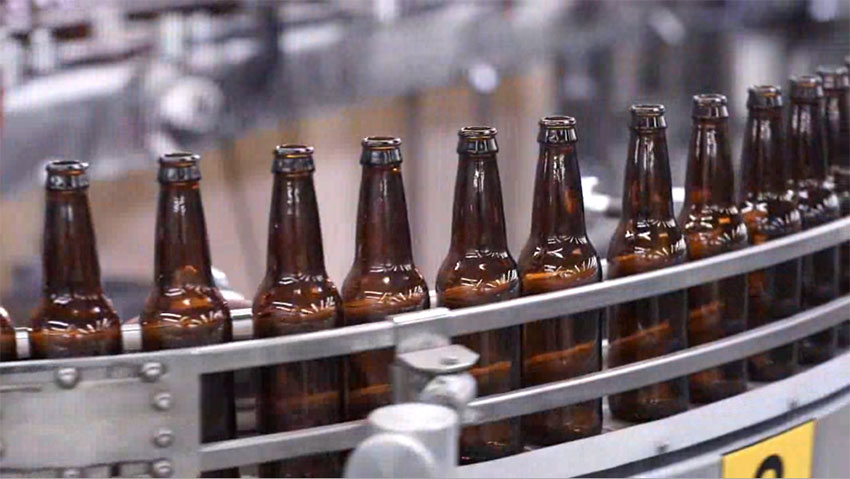
Catch imperfections in glass containers of all sizes before they reach the filler.

Catch imperfections in glass containers of all sizes before they reach the filler.
Imperfections in empty glass containers, either returnable or even straight from the manufacturer, can easily result in damaged or wasted product. Empty bottle inspection occurs between the washer and the filler, ensuring that no residual liquid, foreign objects, or damaged glass comes in contact with the product.
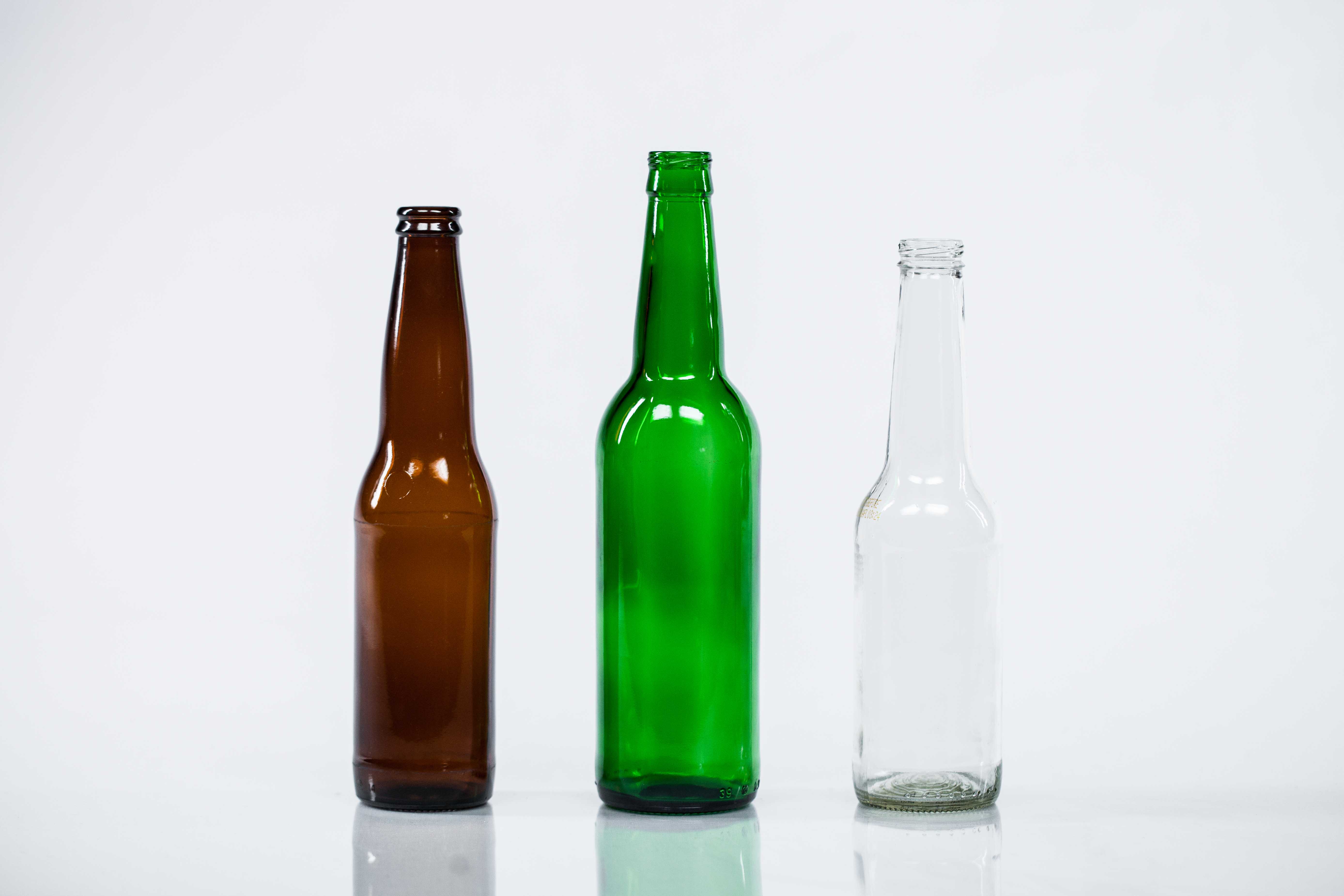
Outer sidewall refers to the outside surface of a container, usually below the thread and above the base. This outer surface can often become visibly scuffed or chipped, especially in returnable glass or PET. While outer sidewall damages are unlikely to corrupt the product itself, external container flaws are the indications of low quality standards most obvious to the end consumer.
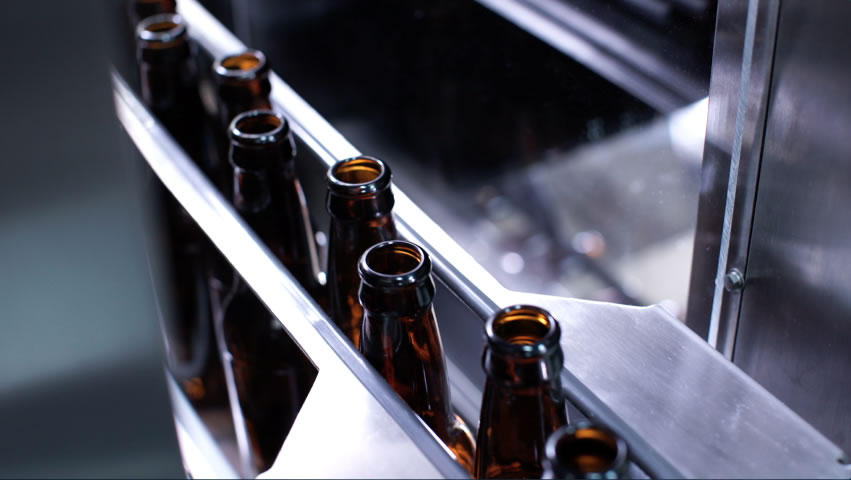
Twelve images are captured at 30 degree intervals while the bottles rotate past the inspection window, providing the most thorough inspection and fewest number of false rejects.
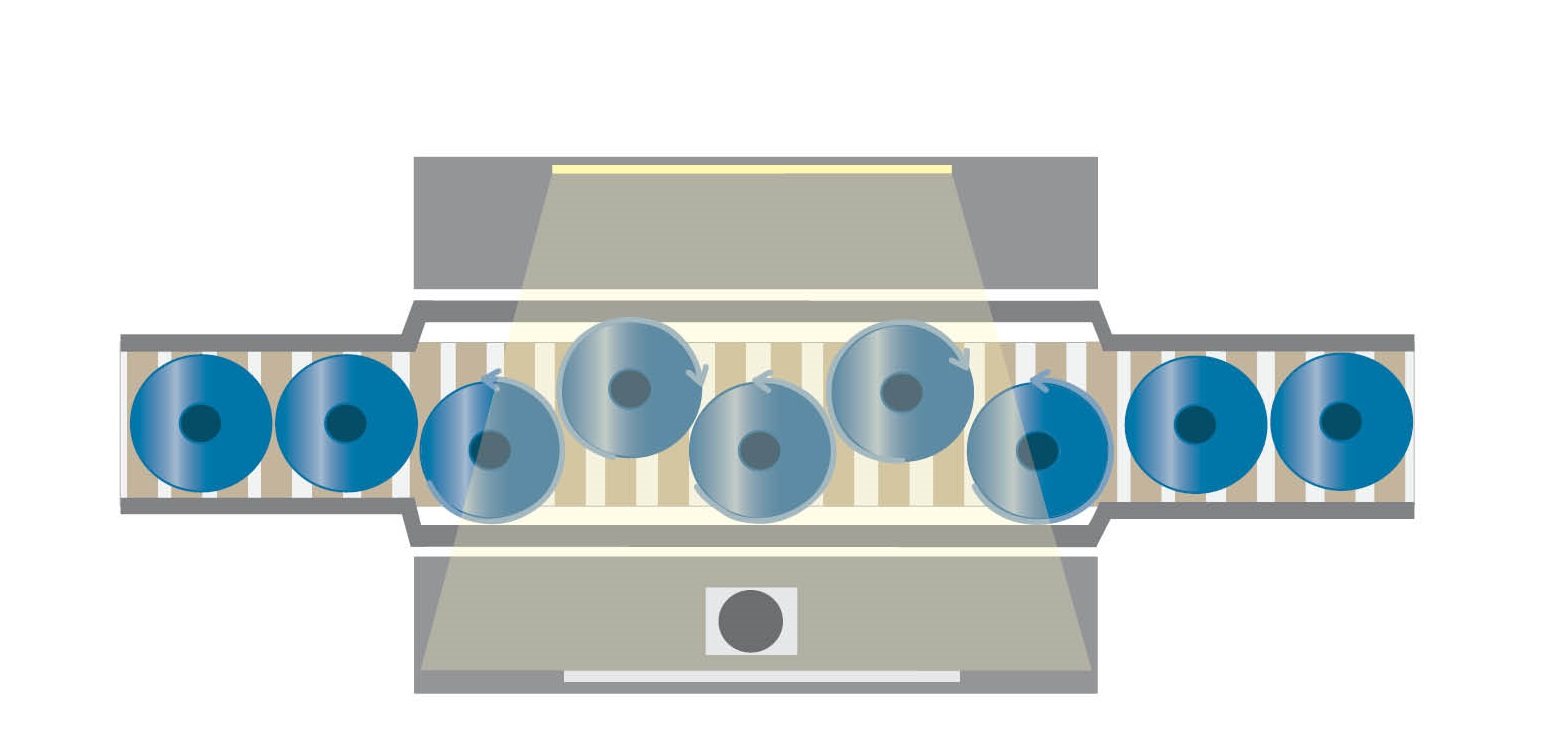
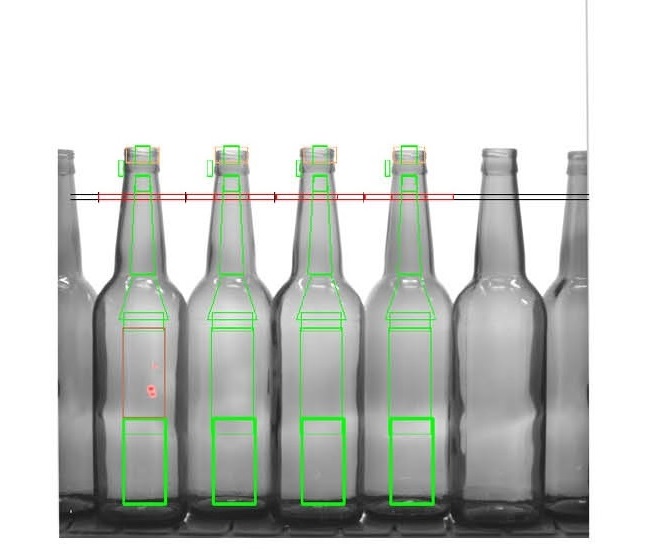
The base of a bottle receives the most amount of wear during the container's life, and easily sustains scuffing or chips. Thorough inspection of both the inside and outside of an empty container's base prevents flawed packaging and contaminated product from reaching the market.
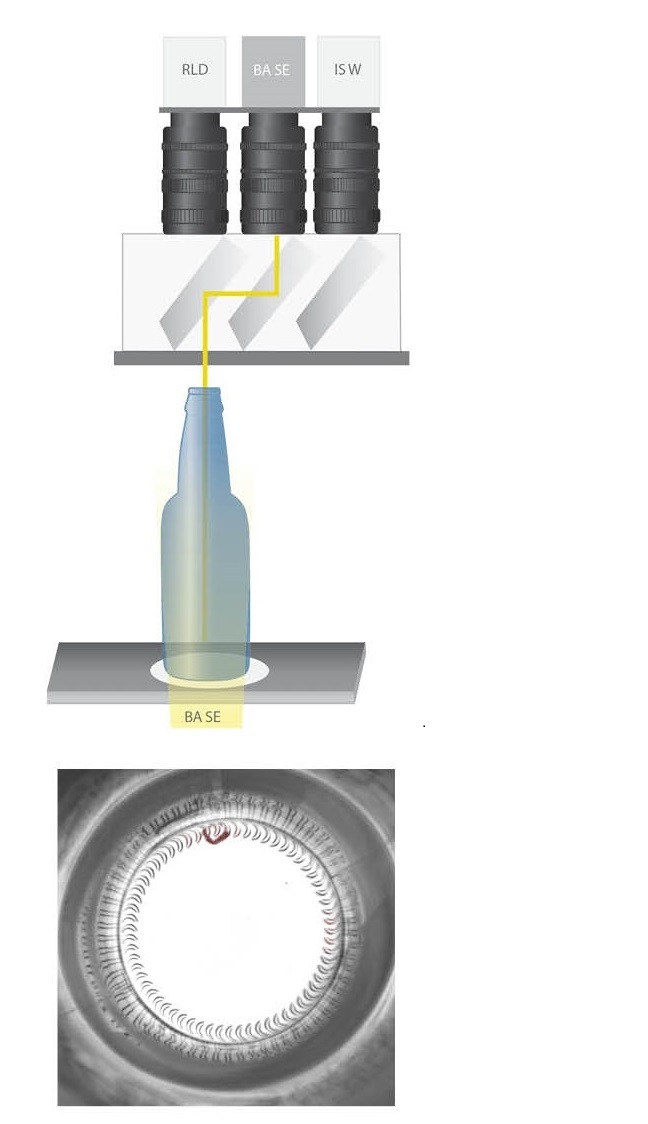
The bottle's inner sidewall is made up of all the inside surfaces from the base up through the neck. Damages in these surfaces can be difficult to see with the human eye, but can easily grow mold internally or shed glass into the product after it has been filled.
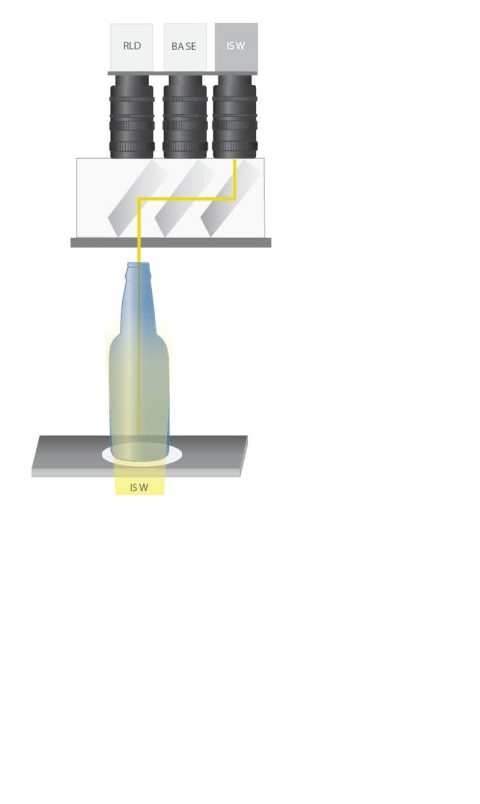
A bottle's thread refers to the molding at the top of the neck where the cap may be screwed in place. Incorrectly formed or damaged thread can result in capping failures, spillage, and contaminated product.
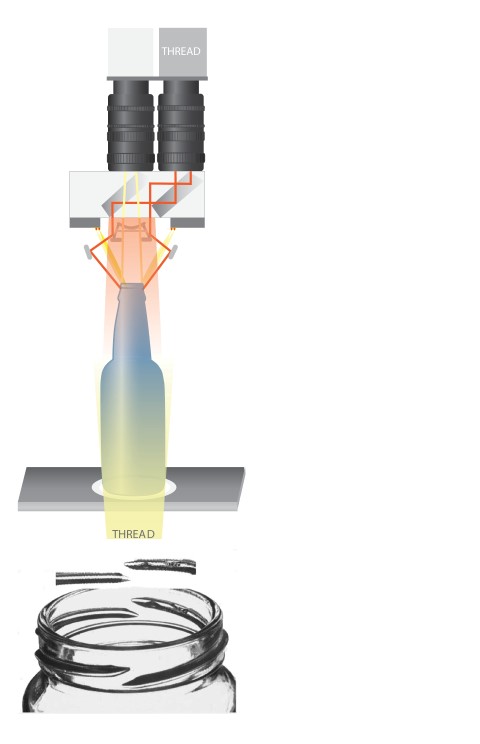
The finish of a bottle or container is the very top surface where the cap is applied. For returnable glass especially, this surface can easily chip while in the market or during the washing process and cause problems with proper capping and sealing. If a chipped finish does make its way back out into the market, sharp edges can harm the end consumer.
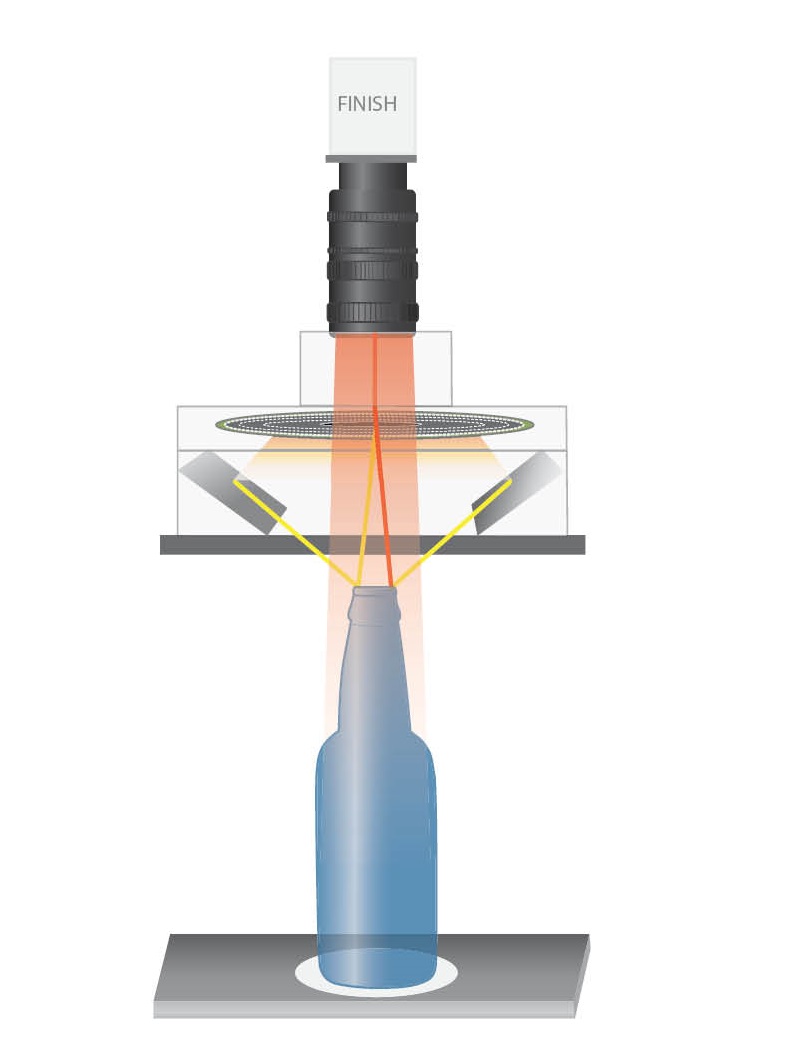
Without additional inspection, leftover caustic and objects (like mold, cigarette butts, or straws) not shaken out during the washing process can remain inside of returnable containers through the filler and get sent back out to the market.
Radio Frequency (RF) RLD Technology
Detects smallest amounts of caustic, even once it has dried.
Infrared (IR) RLD Technology
Detects oil, paint, gasoline, and other liquids and objects with low conductivity.
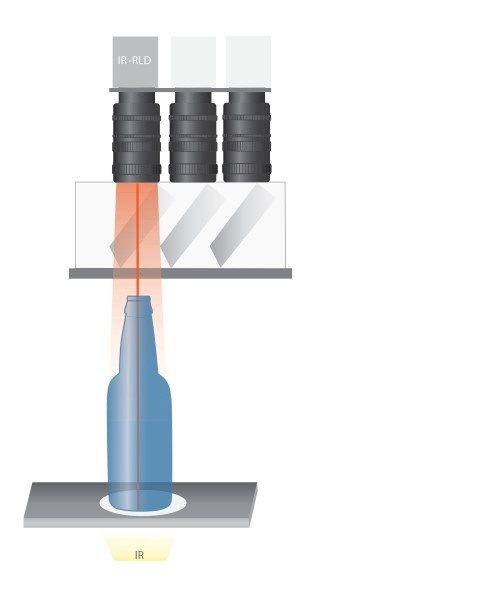
The latest evolution of FILTEC's long line of comprehensive empty bottle inspection systems.
Product One Sheet
All Surface Empty Bottle Inspection System
Detects foreign objects and flaws in the base, sidewall, finish, and threads of empty transparent containers up to 1,400 units per min.
For more detailed information regarding Empty Bottle Inspection capabilities, container rejection, and installation, please visit our Technical Documents library or contact your local sales representative.
GO TO LIBRARY REQUEST A QUOTE